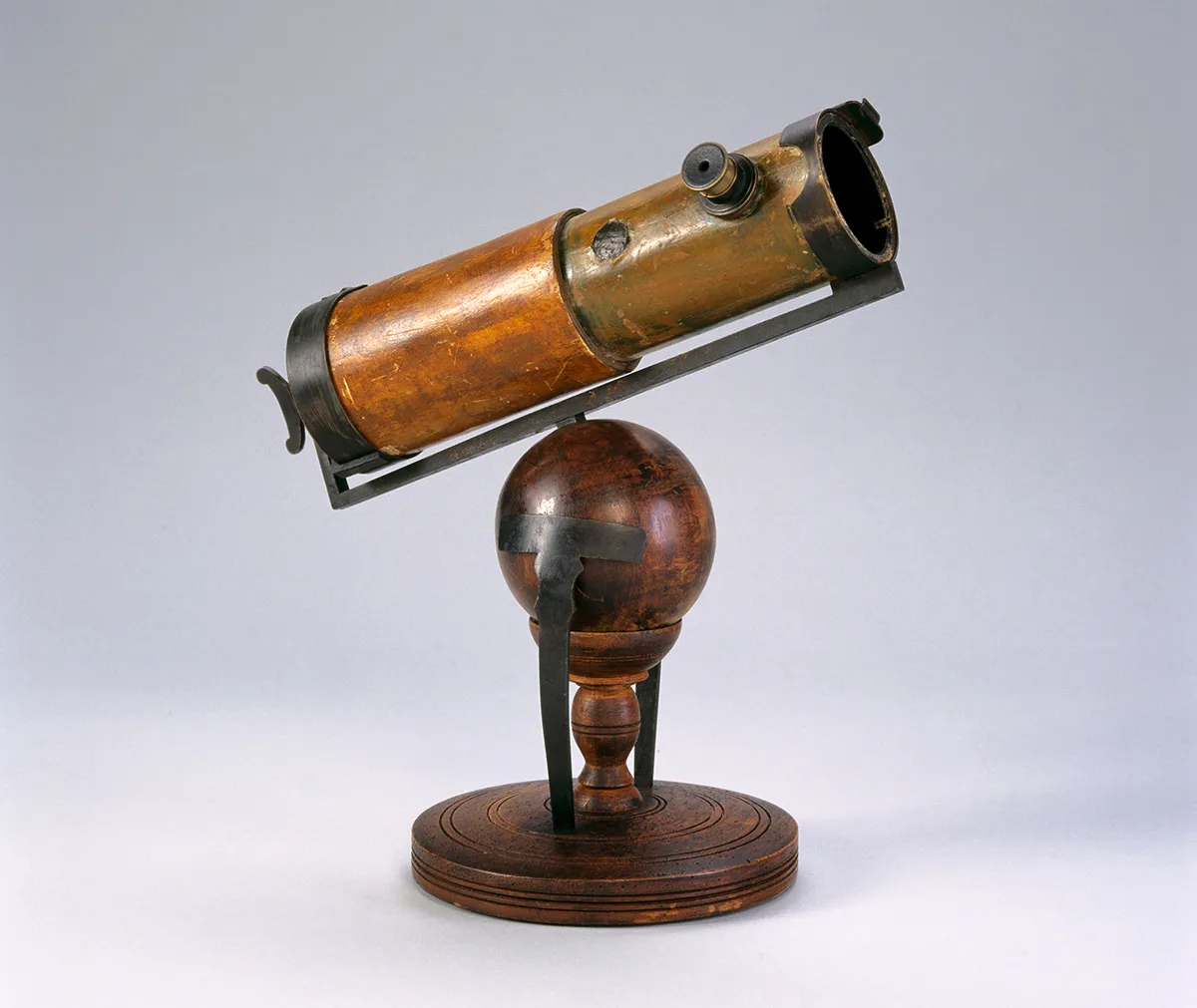Sir Isaac Newton is one of the most celebrated figures in scientific history. His wide-ranging contributions touched almost every aspect of modern science.
Born on 4 January 1643 near Woolsthorpe, Lincolnshire, Isaac Newton was a lonely but determined child.
Even as a boy, he was aware of the motion of celestial bodies, constructing sundials on the walls of his family home that visitors would use to tell the time.
In 1661 he entered Trinity College, Cambridge. A fervent mathematician and philosopher, he began to research infinity, God and geometry and it was in these early writings the word ‘gravity’ first appeared.

Newton returned to Woolsthorpe in 1664, when the plague closed Cambridge.
During this period of isolation, he developed a new form of mathematics that underpins almost all of mathematics and physics today: calculus.
Fellow mathematician Gottfried Wilhelm Leibniz also developed the technique independently, leading to a lifelong feud over the method’s true inventor.
At Woolsthorpe, an enduring myth also formed: that Newton, sitting in the garden, was struck on the head by an apple causing him to ‘discover’ the universal force of gravity.
Newton never referenced this tale, though he reportedly said watching one fall was a source of inspiration.
It is clear from his notes, however, that it was during this time that Newton became aware of the pull of gravitational attraction.
Newton and optics

Newton’s thirst for knowledge was unquenchable, and his next target was optics.
He carried out experiments that showed that different colours of light were bent at different angles by a prism, and invented a way of using prisms to change the size of a beam of light, a technique now adopted in many lasers.
By now, he had realised that most standard telescopes based on spherical lenses produced blurred images, and believed that he could do better.
He began to make his own lenses in a makeshift laboratory outside his dormitory.
Newton soon understood that the problem was not the lenses, but instead the nature of white light.
He discovered that white light was composed of a rainbow, dispelling the longstanding misconception that white was a single colour(for more on this, read our guide What causes a rainbow?)
Armed with this knowledge, he built a new ‘reflection’ telescope, using mirrors to focus light instead of lenses.
His device, just 16cm in length, was equal in magnifying power to the best European telescopes of the day.

Newton and the laws of motion
Newton returned to Cambridge, where he was made Lucasian Professor of Mathematics in 1669.
After this, Newton was made Fellow of the Royal Society, but his secretive and difficult temperament led to his isolation from the academic community.
This changed in 1681, when he began making observations of the movements of a new comet that had appeared in the sky.
His insights attracted the attention of Edmond Halley, after whom Halley's Comet is now named.
Through correspondence with Halley, Newton began to compile his research into a logical form.
This resulted in his master work: Philosophiæ Naturalis Principia Mathematica, after which UK astronaut Tim Peake's Principia mission onboard the International Space Station was named.

Published in 1687 and funded by Halley, Principia formed the basis of classical mechanics, the theory of how large bodies move under gravity.
Most famously, the work outlined Newton’s three laws of motion.
Newton moved to London in 1696, where he took up the position of Warden and then Master of the Royal Mint, responsible for England’s coinage.
He became President of the Royal Society in 1703, just before he published his seminal book, Opticks, on the theory of light and colour. He was knighted by Queen Anne in 1705 and died in his sleep in London on 31 March 1727.
He was the first scientist to be buried in Westminster Abbey.
Newton's three laws of motion explained

Newton’s contributions to physics are wide-reaching, but his three laws of motion are among his most important work
Newton began working on his laws of motion in his notebook, entitled The Waste Book, during his isolation at his family’s farm in Woolsthorpe.
His three laws came to fruition over many years and were finally presented in Philosophiæ Naturalis Principia Mathematica in 1687.
Newton's three laws can be summarised as:
- A still object will remain still, or a moving object will continue to move, unless a force acts upon it. To make an object move or stop, you need to apply a force to it.
- The greater the force applied on an object, the greater its acceleration; the greater the mass of an object, the larger the force required to move it. This force is measured in Newtons, where one Newton is the force needed to accelerate 1kg to 1m/s.
- Every action has an equal and opposite reaction. Forces are always found in pairs: if you apply a force to an object, the object will apply an equal and opposite force back.
This guide originally appeared in the January 2023 issue of BBC Sky at Night Magazine

